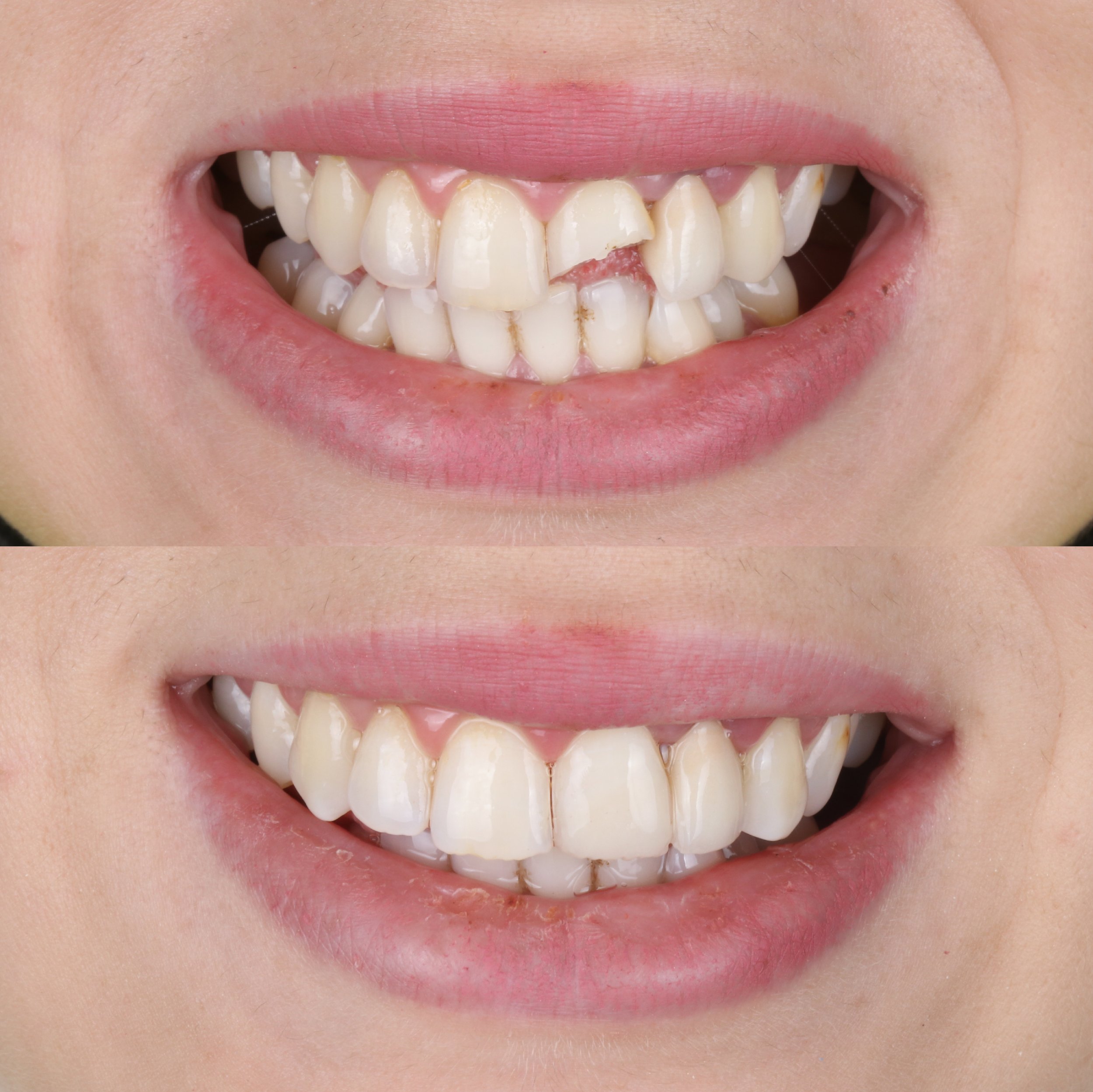WHAT IS DENTAL BONDING?
When chips, gaps, discoloration, or minor irregularities affect your smile, cosmetic enhancements don’t always require major time or expense. At White Oak Dental, our cosmetic dentistry team offers bonding — a fast, effective, and minimally invasive way to freshen your smile and boost your confidence.
Bonding uses a tooth-colored composite resin material applied directly to your natural tooth to:
Repair small chips or cracks
Close narrow gaps between teeth
Mask mild discoloration or surface stains
Change the shape of a tooth to improve symmetry
And create a smoother, more uniform appearance
Unlike veneers or crowns, bonding typically requires minimal enamel removal and can often be completed in a single visit.
SERVICES +
Whitening | Dental Implants | Crowns | Veneers | Sealants | Nightguards and Athletic Mouthguards
-
Most bonding lasts 3–10 years, depending on your oral habits, diet, and how well you care for your teeth. Regular cleanings and avoiding habits like chewing ice can help prolong its life.
-
Bonding is generally painless. In most cases, no anesthesia is needed because the procedure preserves your natural tooth structure. If the bonding is being used to repair a sensitive area, your dentist may numb the tooth for comfort.
-
Yes. Bonding can close small to moderate gaps, creating a more even, symmetrical smile. For larger gaps or bite-related spacing, orthodontic options may be recommended
-
Absolutely. The composite resin is custom-tinted to match the exact shade of your natural teeth, so the result blends seamlessly.
-
Bonding material does not respond to whitening. If you’re considering whitening, it’s best to brighten your natural teeth before bonding so your dentist can match the improved shade.
-
Care for bonded teeth just like natural ones: brush twice a day, floss daily, and avoid biting hard objects like ice or fingernails. If the bonding chips or wears down, it can be repaired or refreshed easily.
-
Yes, composite resin can pick up stains from coffee, tea, wine, and tobacco. Avoiding these for the first 24 hours and moderating them afterward helps keep the bonded area looking bright.
-
Most bonding treatments take 30–60 minutes per tooth, depending on the complexity of the repair.


